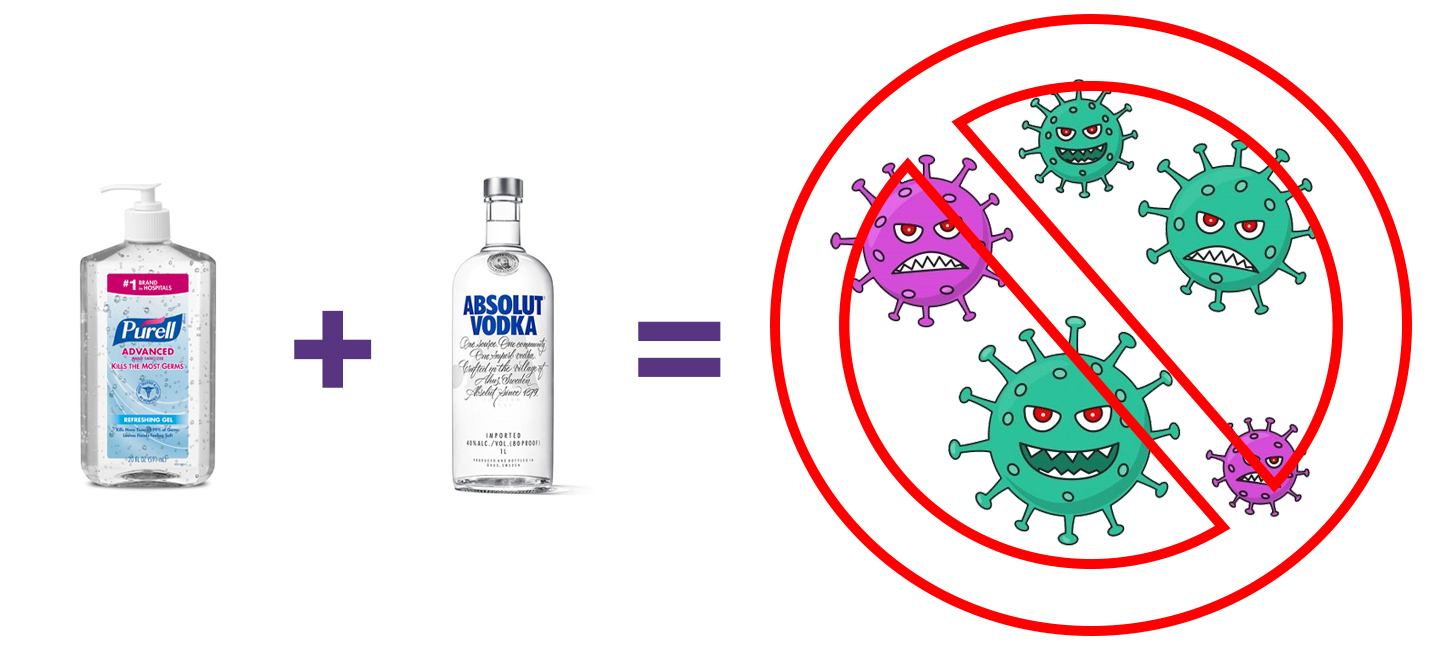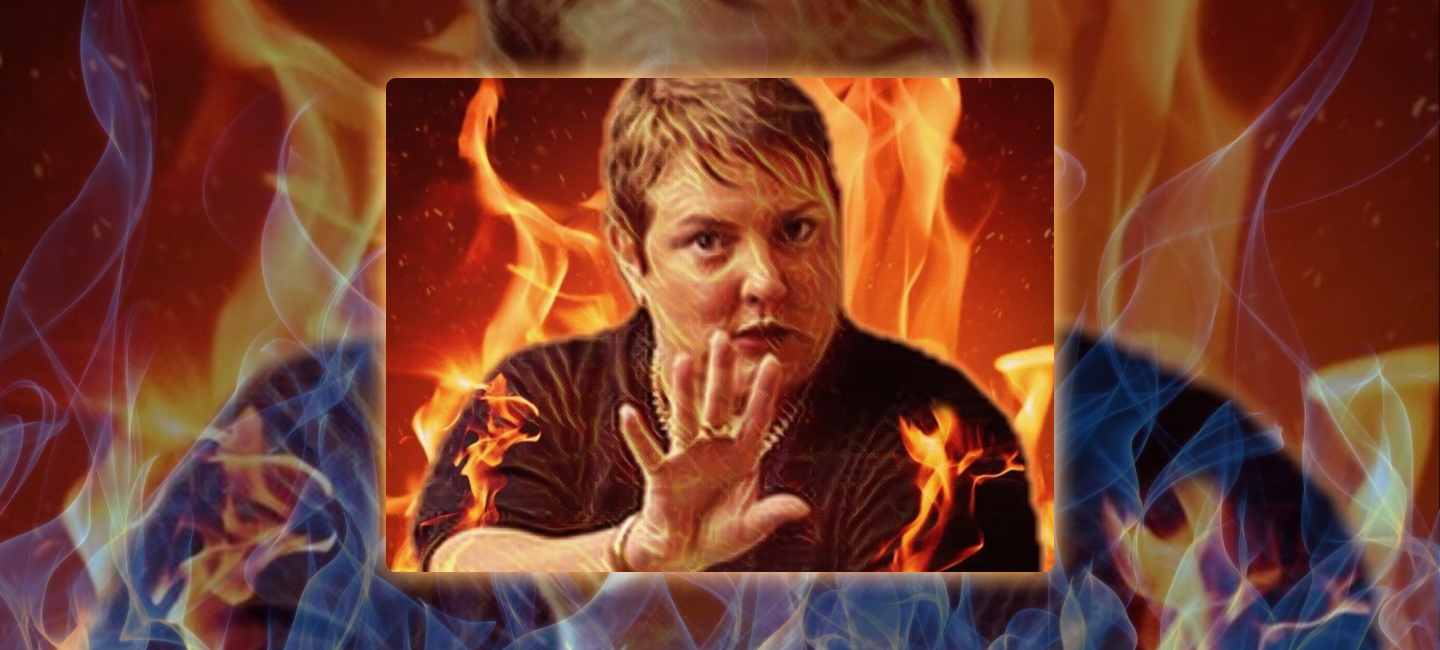Moving from Surviving to Thriving. What Does That Mean?

As a veteran small businesswoman (I’ve survived 11 years!), I regularly reflect on the difference between making ends meet and creating a thriving business. Financial security has always been one of my greatest fears in running my own business. So, what happens when your fears are realised?
I started my behavioural leadership and coaching practice, 11 years ago after I had experienced the last of several incidents of discrimination in the workplace. I received a three thousand dollar tax refund and began my journey into entrepreneurship, smack, bang in the middle of the 2009 global financial crisis (not quite surviving!). 11 years later, and I have a sense of dejavu. In March this year, my clients in hospitality and aged care postponed all my bookings as a ‘precaution’… Within a fortnight everything was cancelled indefinitely and no tax cheque in sight. (O.M.G! how will I survive?)
I see and hear stories of colleagues and friends in small to medium businesses who are devastated by this pandemic. Some because of their loyalty to their teams and their unwavering efforts to keep all “their people “employed, with the hope that things will return ‘back to normal’ (precovid). I have watched leaders and owners generous to a fault, stretching themselves financially through the assistance of banks, friends, and family to continue paying wages, rent, and keep the “lights on” in their business.
Undoubtedly, people are integral to the success of any business, particularly small business. That barista who remembers you – always smiles and gets your order right or the salesperson, who takes the time to explain features and benefits to you, or your favourite travel agent, the one you trust to make sure you get the best value, the best service and an experience to remember, as well as safe passage home. These people create the incredible brand of their business, they make me want to go back to and engage them again and again. These people deserve, and get paid, commensurate with their experience and expertise, they bring value, and are, rightfully so, a significant expense. Recognising this, the government created “Job Keeper”, to help small businesses, but, does it cover the wages of someone who wants to work for your business but can’t? What happens when you have outgoings and no commensurate income to cover them?
What’s between Survive and Thrive?
What do I mean by surviving? To me, surviving is mince ten ways, eggs for dinner and not with a side of halloumi and beans! As well as instant coffee, no Uber Eats and the weekly outing is a trip to the local park with the dog or a coffee at the neighbours, hopefully the one who doesn’t have International Roast!. (First world problem I know!) It means austerity measures including; cancellation of subscriptions and direct debits to entertainment channels, coffees at home, and ‘Freezer Surprise’ for dinner replacing Uber Eats! Finally explaining to a six year old why he can’t have a class birthday party this year!
This also comes with dread and uncertainty about how to get through each day; financially, mentally and physically, as well as unwavering gratitude to my partner, friends and family for prepared meals and dinner invitations. Sounds like a mixed bunch of emotions and priorities. Well it is!
To thrive in my small business is to be secure financially, stable mentally, able to meet my commitments easily (and for the foreseeable future). To have my work calendar filled with bookings. The ability to take a holiday once or twice a year with my family, cafe coffee and Uber eats once a week alongside adventure outings with my six year old.
Right now, I don’t feel like I’m in either place, though my motivation and outlook is always to see myself moving away from survival and toward thriving.
Recently I took a four day road trip with the family to Byron Bay, with this in mind. During this time, I had a discussion with a friend and business owner who said, “I have been working so hard for twenty-two years only to end up with a business that is worthless!” I was devastated for her as a super talented leader, mentor and inspiring and influential leader, I really felt for her at that moment. I though this pandemic does not discriminate it gets to the best of us!
Anyway, as I was driving in the car we passed the burnt trees from the recent bushfires that devastated the country both north and south. Whilst the trunks of the trees were black, the burnt leaves and strips of bark had fallen to the ground and returned to the soil acting as a natural fertiliser, part of the story of new growth. The new buds were formed and sprouting, and the air was fresh and crisp. The renewal had begun!
I thought about this as I considered the daunting options and decisions for small business owners to continue to function. In particular the travel, tourism hospitality and entertainment industries. An industry I too, have been a part of for over 30 years and am still involved with today.
On one hand leaders and owners want to be loyal to their followers and do everything to keep them engaged, even if it means the business is running at an unrecoverable loss. So, the inevitable crisis point comes regardless of your efforts.
On the other hand, the employees believe that their leader will do everything to keep them on and so sit in a waiting pattern to “see what happens” and take no action waiting for someone else to have the courage to decide their fate.
There is a way for us to help each other and ourselves. Let’s face it, we all want to be able to pay our mortgages or rent and to earn a living. It seems to me it’s time to be on the lookout for opportunities yourselves and not be dependent on the good heartedness of the people you work for. It takes an honest conversation about the state of the business, pride and ego aside to create true awareness of where one is at.
If there is an opportunity to strip back in your business to provide you time to revive down the track, take it now!
I am aware of at least one path to take, to prepare for your future, grasp opportunities and the offering that they may bring. We still don’t know what life after a pandemic will look like as this is a lifetime event that we haven’t seen since the 1918-1919 influenza pandemic.
I want share that idea with you. Over the last three months I have discovered that four ways to revive my small business.
Business considerations
- Will my business be viable post covid?
- Will people still require my services now and post covid?
- Can I afford to continue my business without govt financial assistance?
- Can I meet my ongoing commitments?
- How do I personally need to change and adapt now?
- What am I willing to do differently now?
- What are my strengths and talents?
- Do I have transferable skills?
- When am I at my best?
- How can I use my talents to create new opportunities?
- How do my talents help and hinder my behaviour and mindset now?
- What talents do I not have but need to help me revive my business?
- You can choose to act out the victim, persecutor or rescuer behaviour, none of them may serve you. How do you look from the outside in to gain new perspective?
- How do you strip back to start your renewal or reinvention?
- When you have a new perspective and ideas, are you willing to act, to pivot and adapt so you have greater opportunity for a sustainable business in the future?
I have personally had to reinvent myself three times in my 3 careers! Each time required new ways of thinking, new connections and a willingness to understand that if what I’m doing does not work, then it’s time to do something else!
It has required fresh perspectives, great mentors and new learnings. The opportunity to strip back and begin over. This has been the same in Covid19. Having lost all my business in lockdown I took the time to:
1. Home school my son (6)
2. Reinvent myself online
3. Build online courses
4. Coach via zoom
5. Review finances and manage subscriptions
6. Investigate the ongoing need for my business offerings
7. Get a low interest loan to invest in the technical and online revamp of my business and products.
8. Create awareness of timeframes for re-engaging clients and budget accordingly.
In this last week I have confirmed two new online clients, reconnected with past clients and created opportunities to do some face to face facilitation from the end of August!
To my colleagues in SME business, there is hope. Part of leadership is being able to make the tough decisions as well as celebrate success and be able to live with both outcomes.
To employees of small business, keep your eyes wide open, be aware of what’s happening in your environment. If there are no sales, consider your options to upskill, look at your transferable talents and opportunities to move into a financially stable business even for a short term. Allow the SME business time to recover and rebuild.
My hope for you is renewed resilience, self awareness and the ability to claim your strengths and put them to work for the best results you can achieve, mentally, physically and emotionally. Best of luck to you all!






 Triggers are usually set off through our senses by stored memories, experiences, values and beliefs, our physiology and psychology – just to name a few. They are unique and personal to each individual, and our ability to self-regulate is key to how we are able to manage and survive conflict.
Triggers are usually set off through our senses by stored memories, experiences, values and beliefs, our physiology and psychology – just to name a few. They are unique and personal to each individual, and our ability to self-regulate is key to how we are able to manage and survive conflict. When dealing with conflict we must first STOP even for a moment. We need this moment to realise and accept that we are actually having an emotion. Without that ability to STOP we are most certainly going to “react”to most conflict situations.
When dealing with conflict we must first STOP even for a moment. We need this moment to realise and accept that we are actually having an emotion. Without that ability to STOP we are most certainly going to “react”to most conflict situations.
